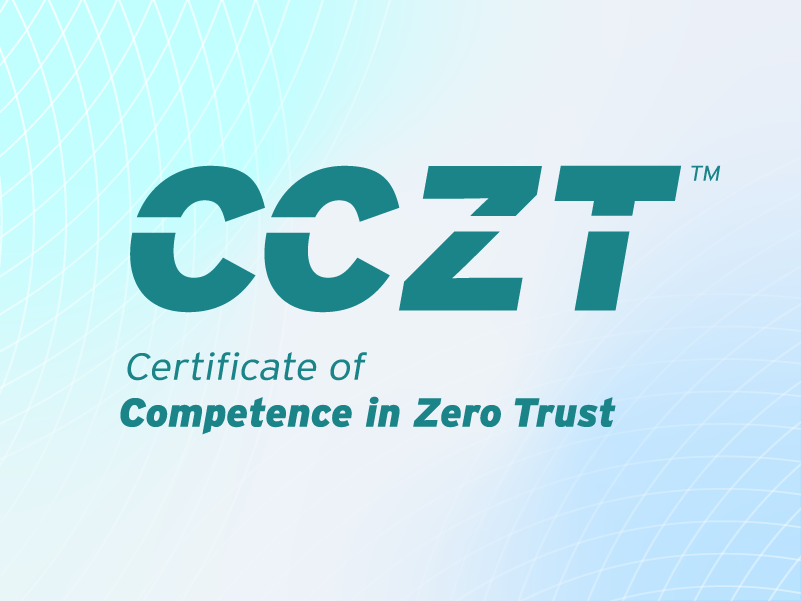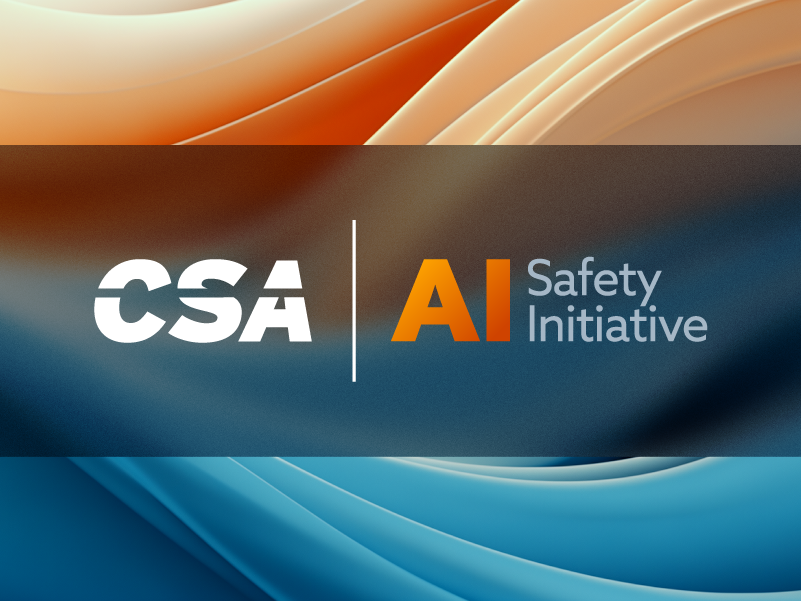DeepSeek: Rewriting the Rules of AI Development
Published 01/29/2025
AI Usage Statement: This research was done with Claude Desktop, Web Search, Web Document Fetch, and Sequential Thinking. Claude wrote the report, under the direction of Kurt Seifried and validated by ChatGPT. Methodology, templates, and raw conversation are available upon request.
January 2025 marked a fundamental shift in our understanding of AI development. DeepSeek, a relatively unknown Chinese research company, released their latest AI model. The model matched, and in some cases exceeded, the capabilities of industry leaders – at a fraction of the cost. This achievement has forced a complete reassessment about what it takes to build advanced AI systems.
The Unexpected Challenger
DeepSeek's story begins not in a major tech hub, but in the world of quantitative finance. The company emerged from High-Flyer, one of China's most successful quantitative hedge funds. High-Flyer was an outlier – the only major Chinese quant fund built without Western expertise. It grew to manage $15 billion in assets through innovative approaches to algorithmic trading.
In 2023, conventional wisdom held that only tech giants could compete in advanced AI development. However, they didn't account for Liang Wenfeng, a computer science graduate from Zhejiang University that specialized in AI.
Wenfeng spun off High-Flyer's AI research division into DeepSeek. The company's mission wasn't to build another chatbot. They aimed to pursue fundamental AI research with a focus on reasoning capabilities and artificial general intelligence (AGI).
Breaking the Rules
The conventional playbook for advanced AI development seemed clear:
- Massive GPU clusters (16,000+ chips)
- Billions in investment
- Large teams of experienced AI researchers
- Years of iterative development
DeepSeek AI challenged every one of these assumptions. They trained their V3 model for approximately two months at a total cost of $5.6 million. This training used only 2,048 Nvidia H800 GPUs – about an eighth of what people thought necessary. For comparison, estimates suggest similar models from major tech companies cost hundreds of millions, or even billions, to develop.
The results were stunning: DeepSeek's models not only matched, but in many ways exceeded, the performance of industry leaders. Their latest R1 model has demonstrated reasoning capabilities comparable to OpenAI's highly-touted o1 reasoning model.
The Fall of Technical Moats
The most significant aspect of DeepSeek's achievement? It systematically dismantled what experts once considered insurmountable technical moats in AI development:
- Data Advantage Myth: The assumption that only companies with massive proprietary datasets could build competitive models has been challenged. DeepSeek achieved state-of-the-art performance without the vast data repositories of tech giants.
- Compute Infrastructure: DeepSeek upended the belief that cutting-edge AI required massive data centers and specialized infrastructure. DeepSeek's efficient architecture achieved superior results with just 2,048 H800 GPUs, a fraction of what competitors use.
- Training Expertise: DeepSeek disproved the notion that only large teams with years of specialized experience could train advanced models. DeepSeek's innovative approaches to model architecture and training have achieved comparable or superior results with a smaller, younger team.
- Architectural Innovation: DeepSeek's Mixture of Experts (MoE) approach and efficient parameter activation system has demonstrated that architectural innovation can overcome supposed resource limitations.
- Cost Barriers: DeepSeek shattered the assumption that frontier AI development required billions in investment. DeepSeek's $5.58 million training cost for their V3 model represents a paradigm shift in cost efficiency. However, total development costs were higher.
Most notably, DeepSeek achieved these breakthroughs while prioritizing pure research and openness over immediate commercialization. The traditional moats in AI development have been data, compute, expertise, and capital. DeepSeek's success suggests that those moats may have been more about convention than necessity.
On the AIME 2024 mathematics benchmark, DeepSeek R1-Zero achieved 71.0% accuracy, approaching OpenAI's o1-0912's 74.4%. Even more remarkably, their distilled 7B model reached 55.5% accuracy, surpassing much larger models with far fewer parameters.
Implications for the Future
This development represents more than just the emergence of a new competitor. It suggests our entire approach to AI development may need rethinking. The "space race" mentality of throwing ever-increasing resources at the problem may be fundamentally misguided. Instead, architectural innovation and efficient resource use might be the key to advancing the capabilities of AI technology.
The market's reaction – wiping nearly $1 trillion from US tech valuations – reflects a collective understanding. DeepSeek's achievement isn't just about one company's success. It represents a fundamental challenge to the business models and development approaches of every major AI company.
More importantly, it suggests that advanced AI development might be more accessible than previously thought. Previously, a handful of tech giants with massive resources were the only viable players. Now, we might be entering an era where smaller, more focused teams can make significant contributions to AI advancement. Their main methods: clever architecture design and efficient resource use.
A New Chapter in AI Development
DeepSeek's achievement marks the most significant shift in our understanding of AI development since ChatGPT's release in late 2022. ChatGPT demonstrated that large language models could achieve remarkable capabilities. Now, DeepSeek has shown that the path to even more advanced AI might not require the resources we assumed were necessary.
This realization opens new possibilities for AI research and development. It potentially democratizes access to advanced AI capabilities and accelerates the pace of innovation in ways previously thought impossible. The question is no longer just who has the most resources, but who can use them most efficiently.
Strategic Implications and Action Items
Key Strategic Shifts Required
Rethinking Resource Allocation
- Previous strategy: Invest in GPU clusters and infrastructure
- New approach: Focus on architectural efficiency and innovative training methods
- Action item: Review infrastructure spending plans, potentially redirecting funds from hardware to R&D
Team Structure Revolution
- Previous assumption: Need large teams of experienced AI researchers
- DeepSeek insight: Small, innovative teams can outperform larger, more experienced ones
- Action item: Consider restructuring teams to prioritize innovation capacity over years of experience
Training Methodology
- Key insight: Efficiency in architecture can overcome raw computational power
- Focus areas:
- Mixture of Experts (MoE) optimization
- Parameter activation efficiency
- Training data quality over quantity
- Action item: Invest in architectural innovation rather than just scaling existing approaches
Novel Insights for Implementation
Architectural Innovation Priority
- DeepSeek insight: DeepSeek's achievement suggests architectural breakthroughs are more valuable than incremental scaling
- Focus on:
- Parameter efficiency
- Dynamic resource allocation
- Specialized model components
- Action item: Establish dedicated teams for architectural innovation rather than just model scaling
Data Strategy Pivot
- Previous focus: Amassing massive data sets
- New approach:
- Smart data curation
- Efficient training data use
- Quality over quantity in dataset construction
- Action item: Review and potentially restructure data collection and curation strategies
Development Timeline Acceleration
- Traditional timeline: Multi-year development cycles
- DeepSeek approach: Rapid iteration with focused objectives
- Action item: Restructure development cycles to enable faster iteration and testing
Business Model Implications
Cost Structure Reassessment
- Previous model: Heavy infrastructure investment
- New approach: Balance between:
- Architectural innovation
- Efficient resource use
- Focused R&D spending
- Action item: Review and potentially restructure AI development budgets
Competitive Strategy Shift
- Move from:
- Resource accumulation
- Infrastructure advantages
- To:
- Innovation speed
- Architectural efficiency
- Smart resource use
- Action item: Develop metrics for measuring efficiency and innovation rather than just raw capabilities
Future-Focused Recommendations
Investment Priorities
- Redirect from:
- Massive hardware infrastructure
- Large team building
- To:
- Architectural research
- Efficiency optimization
- Innovation capabilities
- Action item: Create a dedicated budget for architectural innovation and efficiency research
Talent Strategy
- Focus on:
- Innovation potential over experience
- Creative problem-solving abilities
- Architectural thinking
- Action item: Revise hiring criteria and team structure to prioritize innovation capacity
Research Direction
- Emphasize:
- Novel architecture exploration
- Efficiency optimization techniques
- Training methodology innovation
- Action item: Establish research programs focused on architectural innovation and efficiency
Immediate Action Steps
Audit Current Approaches
- Review infrastructure spending
- Assess team structure efficiency
- Evaluate development methodologies
Restructure Development Programs
- Implement rapid prototyping for architectural innovations
- Establish efficiency metrics and goals
- Create innovation-focused teams
Strategic Realignment
- Shift focus from scale to efficiency
- Prioritize architectural innovation
- Develop new success metrics based on efficiency
The future of AI development lies not in amassing more resources, but in using them more intelligently. Organizations need to pivot away from a "more is better" approach. Instead, they must prioritize efficiency, innovation, and smart resource use.
To learn more, check out CSA’s AI Safety Initiative resources. We regularly add new AI research papers, webinars, virtual events, and blogs.
Related Resources



Unlock Cloud Security Insights
Subscribe to our newsletter for the latest expert trends and updates
Related Articles:
The Ghost in the Machine is a Compulsive Liar
Published: 12/12/2025
Why Your Copilot Needs a Security Co-Pilot: Enhancing GenAI with Deterministic Fixes
Published: 12/10/2025
How to Build AI Prompt Guardrails: An In-Depth Guide for Securing Enterprise GenAI
Published: 12/10/2025
Security for AI Building, Not Security for AI Buildings
Published: 12/09/2025


.png)
.jpeg)
.jpeg)
.jpeg)
.jpeg)